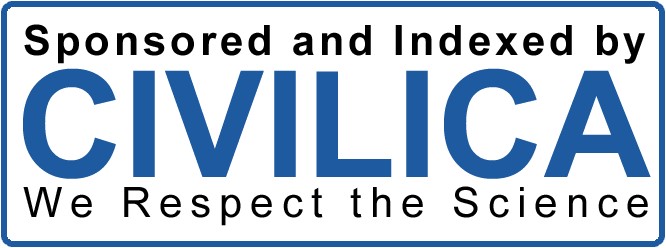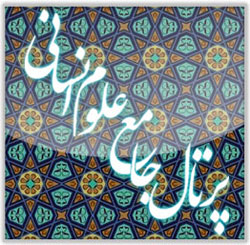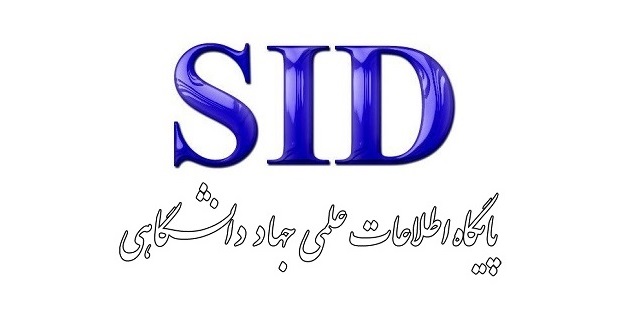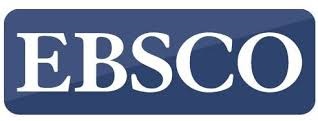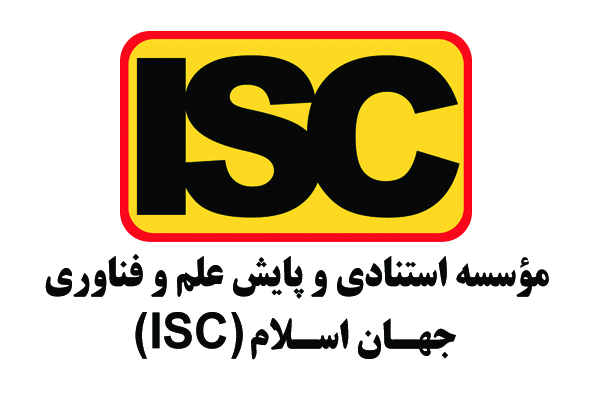طراحی مدل توسعه منابع انسانی در فوتبال ملی ایران با رویکرد نظریه داده بنیاد
کلمات کلیدی:
مدیریت منابع, راهبردها, بهبود عملکردچکیده
هدف از این پژوهش طراحی مدل توسعه منابع انسانی در فوتبال ملی ایران با رویکرد نظریه داده بنیاد بود. روش تحقیق تحلیلی بوده که بدین منظور از روششناسی کیفی استفاده شد. استراتژی تحقیق، استفاده از نظریه برخاسته از دادهها بود. مشارکتکنندگان در تحقیق 15 نفر شامل جامعه آماری شامل خبرگان مدیریت ورزشی، مدیران و مسئولین فدراسیون فوتبال و محققان حوزه مدیریت عملکرد منابع انسانی بودند و استراتژی نمونهگیری در بخش کیفی هدفمند و با حداکثر تنوع یا ناهمگونی بود. برای تجزیهوتحلیل دادهها از تحلیل محتوای مصاحبهها و کدگذاری استفاده شد. ابزار تحقیق مصاحبه باز بود و نتایج بر مبنای سه مرحله کدگذاری باز، محوری و گزینشی تحلیل شد. یافتهها نشان داد فدراسیون توسعه محور، تامین منافع، داشتن ساختار و ویژگیهای مدیریتی فدراسیون معرفهای عوامل علّی بودند. عوامل زمینهای شامل ساختار اداری کارآمد، اخلاق گرایی، استانداردسازی اساسنامه فدراسیون، ایجاد و بهرهمندی از زیرساختهای مناسب، ایجاد سلامت سازمانی و نظارت و کنترل عملکردبود. همچنین عوامل مداخلهگر شامل تغییرات اجتماعی، توجه به بنیانهای مردمی و فرهنگی، کنترل فساد، رعایت موازین اسلامی و اخلاقی بود. پدیده محوری شامل آینده محور، شایسته محور و مردم محور بود. راهبردهای پژوهش شامل بهبود فرایند نظارت، حرکت به سمت قانون مداری، استقرار سیستم ارزیابی عملکرد کارکنان، توسعه شایستگی-های نیروی انسانی و توانمندسازی نیروی انسانی بودند. در نهایت پیامدهای رضایتمندی شهروندان، بهره وری، اقتصاد پایدار در ورزش، کارآمدی فدراسیون و ترویج مسئولیت پذیری حاصل از پژوهش حاضر را تشکیل دادند.
دانلودها
مراجع
Ahmed, R. R., Akbar, W., Aijaz, M., Channar, Z. A., Ahmed, F., & Parmar, V. (2023). The role of green innovation on
environmental and organizational performance: Moderation of human resource practices and management
commitment. Heliyon, 9(1). https://doi.org/10.1016/j.heliyon.2022.e12679
Aisbett, L., & Hoye, R. (2015). Human resource management practices to support sport event volunteers. Asia Pacific
Journal of Human Resources, 53(3), 351-369. https://doi.org/10.1111/1744-7941.12062
Bolton, M. (2003). Public sector performance measurement: delivering greater accountability. International Journal of
Public Sector Management, 52(1), 20-24. https://doi.org/10.1108/00438020310458697
Cardella, G. M., Hernandez-Sanchez, B. R., & Sanchez-Garcia, J. C. (2021). Entrepreneurship and sport: a strategy for
social inclusion and change. International journal of environmental research and public health, 18(9), 4720.
https://doi.org/10.3390/ijerph18094720
Chappelet, J., & Kübler-Mabbott, B. (2008). The International Olympic Committee and the Olympic System The
governance of world sport. Routledge Global Institutions the CUNY Graduate Center.
https://doi.org/10.4324/9780203893173
Chelladurai, P., & Madella, A. (2006). Human resource management in Olympic sport organizations. Human Kinetics,
(3), 59-70.
https://www.academia.edu/96939154/Presenting_A_Human_Resource_Development_Model_in_Sports_Organizat
ions_with_an_Entrepreneurial_Approach_Using_Grounded_Theory_Case_Study_of_Lorestan_Province
Cooke, F. L., Dickmann, M., & Parry, E. (2023). Building sustainable societies through human-centred human resource
management: Emerging issues and research opportunities. The International Journal of Human Resource
Management, 33(1), 1-15. https://doi.org/10.1080/09585192.2020.1833070
Dwaikat, N. Y. (2020). A comprehensive model for assessing the quality in higher education institutions. The TQM
Journal. https://doi.org/10.1108/TQM-06-2020-0133
Emadi, S., Amir Hosseini, S. E., & Hamidi, M. (2020). Designing and Developing a Strategic Program for Human
Resource Management System in the Ministry of Sport and Youth. Bimonthly Scientific-Research Journal of New
Approaches in Educational Management, 11(42), 1-26. https://faslname.msy.gov.ir/article_619.html
Ghorbani, H., Seyed Amiri, M., & Bashiri, M. (2021). Developing a Model for Entrepreneurial Human Resource
Management System in the Ministry of Sport and Youth. Quarterly Journal of Strategic Studies Center of the
Ministry of Sport and Youth, 20(54). https://faslname.msy.gov.ir/article_472.html
Graan, A. (2022). What was the project? Thoughts on genre and the project form. Journal of Cultural Economy, 15(6),
-752. https://doi.org/10.1080/17530350.2022.2087716
Jalili, H., Mohammadi, M., & Yaghoubi, N. M. (2020). Validation of the Entrepreneurial Human Resource Development
Model in Students. Nursing Education, 9(2), 37-53. https://www.sid.ir/paper/400748/fa
Jamei, M., Mehralizadeh, Y., Ghashghaei Zadeh, N., & Hoseinpour, M. (2022). Development and Validation of a
Competency Model for Entrepreneurial School Principals. Innovations in Educational Management, 18(1), 93-109.
https://www.sid.ir/paper/1003892/fa
Jermsittiparsert, K., Siriattakul, P., & Wattanapongphasuk, S. (2019). Determining the Environmental Performance of
Indonesian SMEs Influence by Green Supply Chain Practices with Moderating Role of Green HR Practices.
International Journal of Supply Chain Management, 8(3), 59-70.
an_SMEs_influence_by_Green_Supply_Chain_Practices_with_Moderating_Role_of_Green_HR_Practices
Kreuger, L., & Neuman, W. L. (2006). Social work research methods: qualitative and quantitative approaches: with
Research Navigator. Pearson/Allyn and Bacon. https://letrunghieutvu.yolasite.com/resources/w-lawrence-neumansocial-research-methods_-qualitative-and-quantitative-approaches-pearson-education-limited-2013.pdf
Naqi Golami, A., Khatibi, A., & Heydari Nejad, S. (2022). Interactive Model of Human Resource Development Strategies
in the Ministry of Sport and Youth. Karafn Scientific Quarterly. https://karafan.tvu.ac.ir/article_147886.html
Navkhas, J., Sharbat Zadeh, R., Fooladi, J., & Noori, A. (2021). Futures Research on Human Resource Development in
the Army Physical Education Organization of the Islamic Republic of Iran with a Structural Analysis Approach.
Sports Sciences and Combat Readiness, 2(3), 1-17.
http://ensani.ir/fa/article/492760/
Rauch, A., Wiklund, J., Lumpkin, G. T., & Frese, M. (2009). Entrepreneurial orientation and business performance: An
assessment of past research and suggestions for the future. Entrepreneurship Theory and Practice, 33(3), 761-787.
https://doi.org/10.1111/j.1540-6520.2009.00308.x
Skinner, J., Edwards, A., & Corbett, B. (2014). Research methods for sport management. Routledge.
https://doi.org/10.4324/9780203856123
Taylor, T., Doherty, A., & McGraw, P. (2015). Managing people in sport organizations: A strategic human resource
management perspective (2nd ed.). Routledge. https://doi.org/10.4324/9781315881881
Waters, A. M., & Craske, M. G. (2016). Towards a cognitive-learning formulation of youth anxiety: A narrative review
of theory and evidence and implications for treatment. Clinical psychology review, 50, 50-66.
https://doi.org/10.1016/j.cpr.2016.09.008
Zareiian, H., & Rasekh, N. (2019). Validation and Norming of the Good Governance Questionnaire in the Ministry of
Sport and Youth of Iran. Journal of Sports Management, 11(4), 685-704. https://jsm.ut.ac.ir/article_75277.html

دانلود
چاپ شده
ارسال
بازنگری
پذیرش
شماره
نوع مقاله
مجوز
حق نشر 2024 تکنولوژی در کارآفرینی و مدیریت استراتژیک

این پروژه تحت مجوز بین المللی Creative Commons Attribution-NonCommercial 4.0 می باشد.



